Adirondack Nature Trails:
Bloomingdale Bog Trail
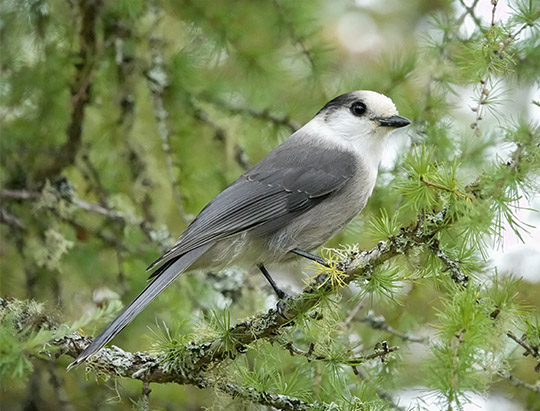
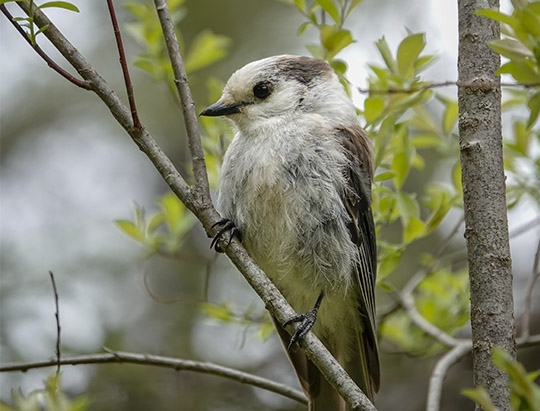
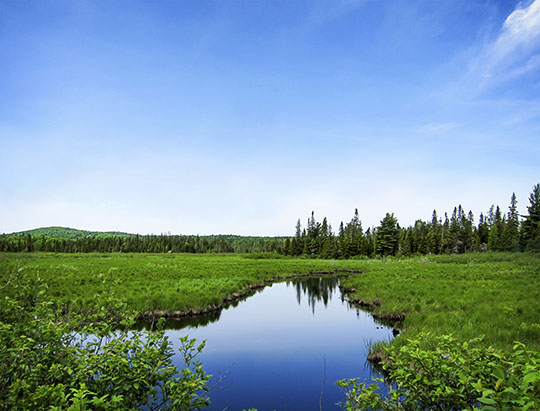
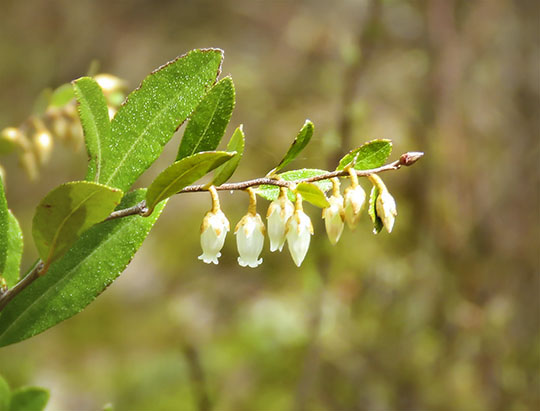
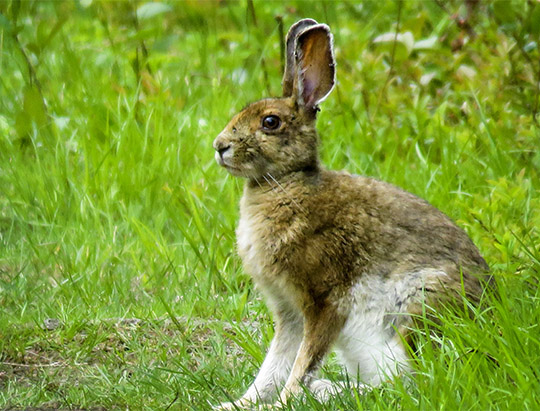
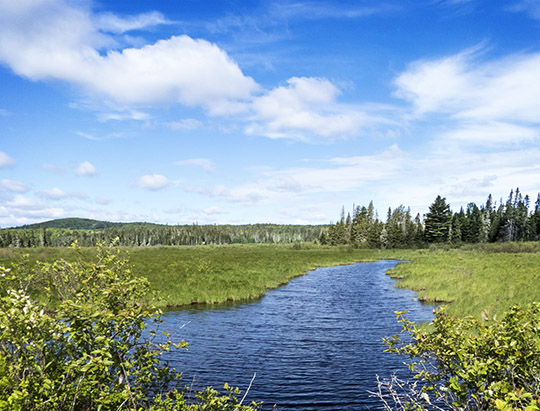
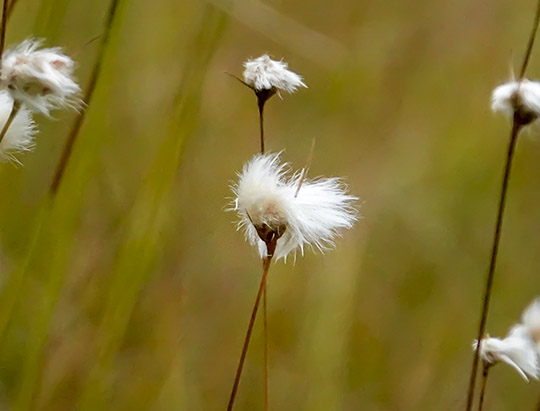
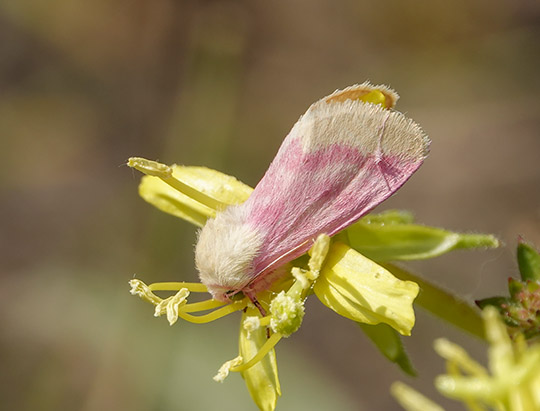
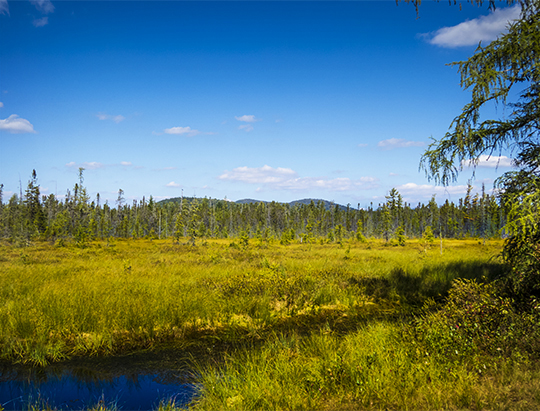
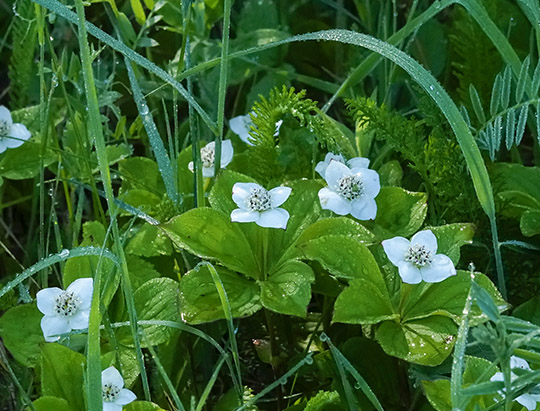
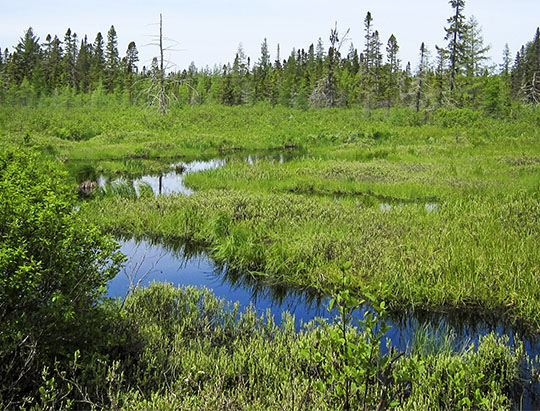
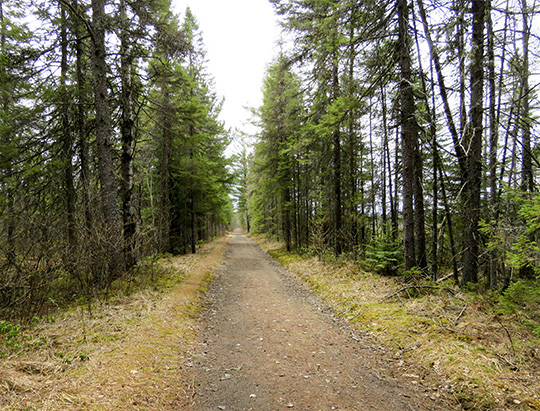
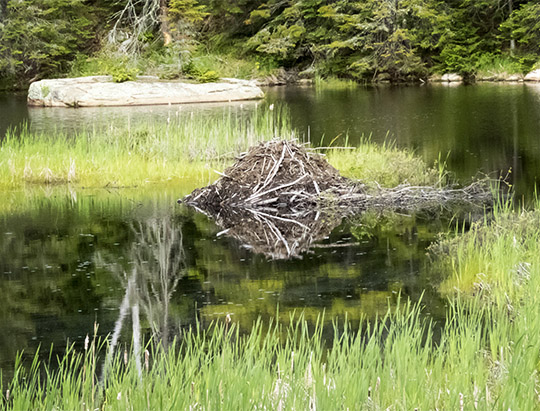
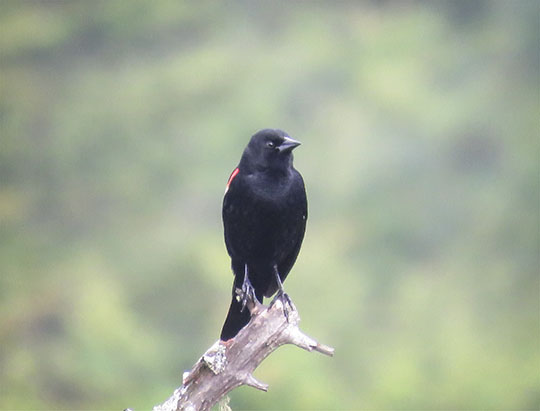
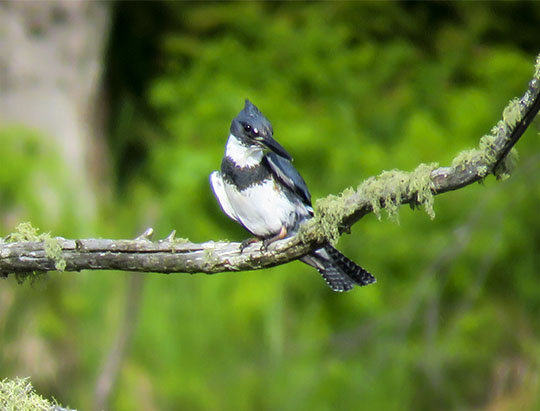


The Bloomingdale Bog Trail follows an abandoned railroad right-of-way once used by the Chateaugay Division of the Delaware and Hudson Railroad that connected Plattsburgh to Saranac Lake. The trail is an elevated sandy, dirt, or gravel walkway with many open views of Bloomingdale Bog, one of the largest bogs in northern New York. The walking is easy along the level trail.
Bloomingdale Bog is one of the best places in the Adirondacks to find boreal birds. It also provides opportunities to search for wetland wildflowers. The area encompasses a bog and cedar woods with sedge marsh and coniferous woods.
Bloomingdale Bog may be accessed in two ways.
- The south entrance is off Route 86, about a mile north of Saranac Lake. Here the trail first skirts a marsh. This is the best place to see marsh-dwelling birds like the Red-winged Blackbird, Belted Kingfisher, and Great Blue Heron. Ducks, such as the Hooded Merganser, can sometimes be seen in the open water of the marsh. A wide variety of warblers can be seen in the thickets along the elevated railroad bed.
- The north entrance is about four miles to the northeast, off the Bloomingdale-Gabriels Road (County Route 55). This entrance provides immediate access to the boreal bog. The trail is bisected by the Bloomingdale-Gabriels Road. This is the best place to see Canada Jays, which can often be found by walking southwest about five or ten minutes. If you are looking for for Black-backed Woodpeckers, cross the Bloomingdale-Gabriels Road and walk northeast from this entrance; Black-backed Woodpeckers are most likely to be found around Bigelow Road (a dirt road, closed to traffic, that bisects the Bloomingdale Bog Trail.)
For a bird's-eye view of the habitat you will encounter on this trail, watch the Northern Forest Atlas video of a 2016 flight over Bloomingdale Bog. The flight begins at the northeast end of the bog, north of the north entrance, and proceeds southwest, towards the south entrance.
Birds heard and seen along the trail include:
American Bittern
American Black Duck
American Crow
American Goldfinch
American Kestrel
American Redstart
American Robin
American Tree Sparrow
Baltimore Oriole
Belted Kingfisher
Black-and-white Warbler
Black-backed Woodpecker
Blackburnian Warbler
Black-capped Chickadee
Blackpoll Warbler
Black-throated Blue Warbler
Black-throated Green Warbler
Blue Jay
Blue-headed Vireo
Boreal Chickadee
Broad-winged Hawk
Brown Creeper
Canada Goose
Canada Jay
Canada Warbler
Cape May Warbler
Cedar Waxwing
Chestnut-sided Warbler
Chipping Sparrow
Common Grackle
Common Merganser
Common Raven
Common Yellowthroat
Dark-eyed Junco
Downy Woodpecker
Eastern Bluebird
Field Sparrow
Golden-crowned Kinglet
Gray Catbird
Great Blue Heron
Green Heron
Green-winged Teal
Hairy Woodpecker
Hermit Thrush
Hooded Merganser
Horned Grebe
Least Flycatcher
Lincoln's Sparrow
Magnolia Warbler
Mallard
Mourning Dove
Mourning Warbler
Nashville Warbler
Northern Flicker
Northern Harrier
Northern Parula
Olive-sided Flycatcher
Osprey
Ovenbird
Palm Warbler
Philadelphia Vireo
Pileated Woodpecker
Pine Grosbeak
Pine Siskin
Pine Warbler
Purple Finch
Red-breasted Nuthatch
Red-eyed Vireo
Red-headed Woodpecker
Red-shouldered Hawk
Red-tailed Hawk
Red-winged Blackbird
Rose-breasted Grosbeak
Ruby-crowned Kinglet
Ruby-throated Hummingbird
Ruffed Grouse
Rusty Blackbird
Savannah Sparrow
Scarlet Tanager
Sharp-shinned Hawk
Short-eared Owl
Snow Bunting
Solitary Sandpiper
Song Sparrow
Swainson's Thrush
Swamp Sparrow
Tennessee Warbler
Tree Swallow
Turkey Vulture
Veery
Vesper Sparrow
White-crowned Sparrow
White-throated Sparrow
White-winged Crossbill
Wild Turkey
Wilson's Warbler
Winter Wren
Wood Duck
Yellow Warbler
Yellow-bellied Flycatcher
Yellow-rumped Warbler
Wildflowers and flowering shrubs commonly seen along this trail include:
Bog Laurel
Bunchberry
Canada Mayflower
Choke Cherry
Common Yarrow
Cottongrass
Cow-wheat
Dewdrop
Fireweed
Goldthread
Labrador Tea
Leatherleaf
Marsh Marigold
Northern Wild Raisin
Sheep Laurel
Shinleaf
Spotted Touch-Me-Not
Spreading Dogbane
Steeplebush
Swamp Candles
Tall Meadow Rue
White Meadowsweet
Whorled Wood Aster
Wild Columbine
Wild Sarsaparilla
Wintergreen
Yellow Pond Lily
Trail Map and Directions to the Bloomingdale Bog Trail
- The plant list was generated from a series of field trip notes and photographs from the summer of 2010 through the summer of 2021.
- The bird list was generated from field trip notes, photographs, eBird checklists (Bloomingdale Bog, Franklin County, New York, US; Bloomingdale Bog--South Entrance, Franklin County, New York, US; Bloomingdale Bog--CR 55 to Bigelow Rd., Franklin County, New York, US; and Bigelow Rd., Franklin County, New York, US), and a series of blogs by ornithologist and licensed NYS Guide Alan Belford.
